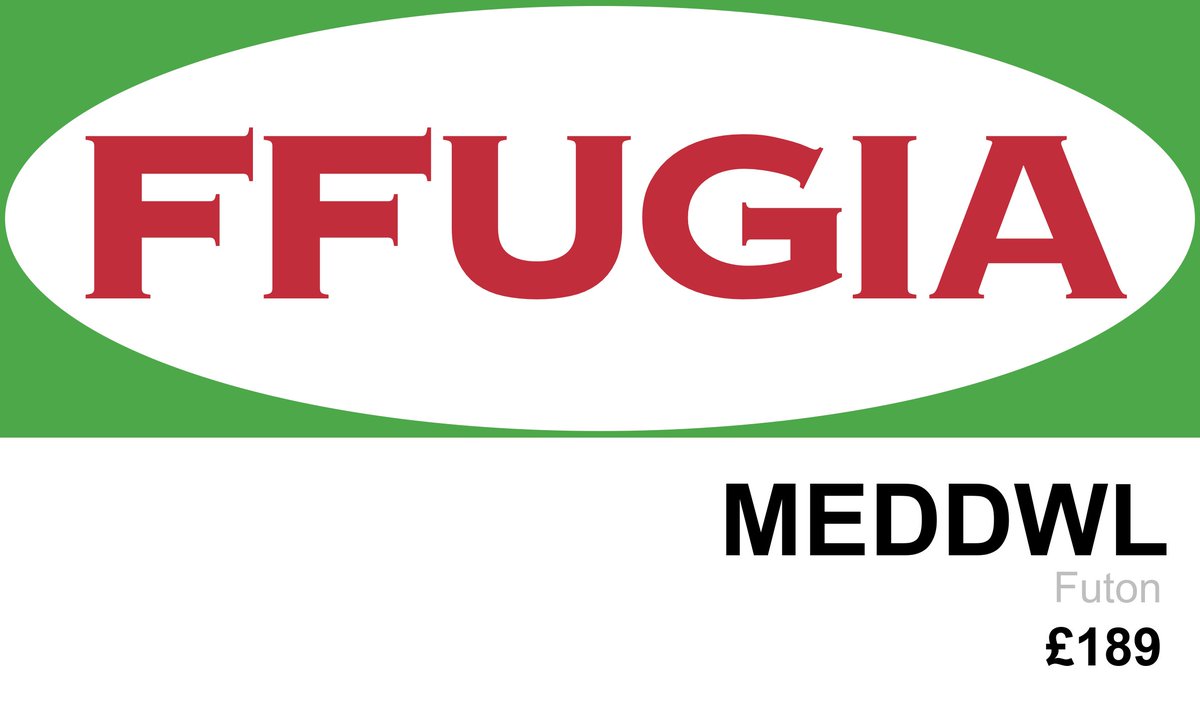So, it's like *very* easy to process and reconstruct actual images with only a few lines of code. As in plotting software redrawing the image, pixel by pixel.
Here's is a gif of me made with #ggplot2 and #gganimate. Sunday = fun day!
Here's is a gif of me made with #ggplot2 and #gganimate. Sunday = fun day!
Like this is also #ggplot2 omg it's amazing! 

And look! With some clever coding you can pixelate your gifs!
OK I've played around with image processing most of the day, from reading and modifying pixel data to plotting and animating. It's fun! 8bit-Calle is happy.
#Python, #RStats and #ggplot2 are like tools for creating and solving puzzles. Try it, you might like it.
#Python, #RStats and #ggplot2 are like tools for creating and solving puzzles. Try it, you might like it.

• • •
Missing some Tweet in this thread? You can try to
force a refresh











